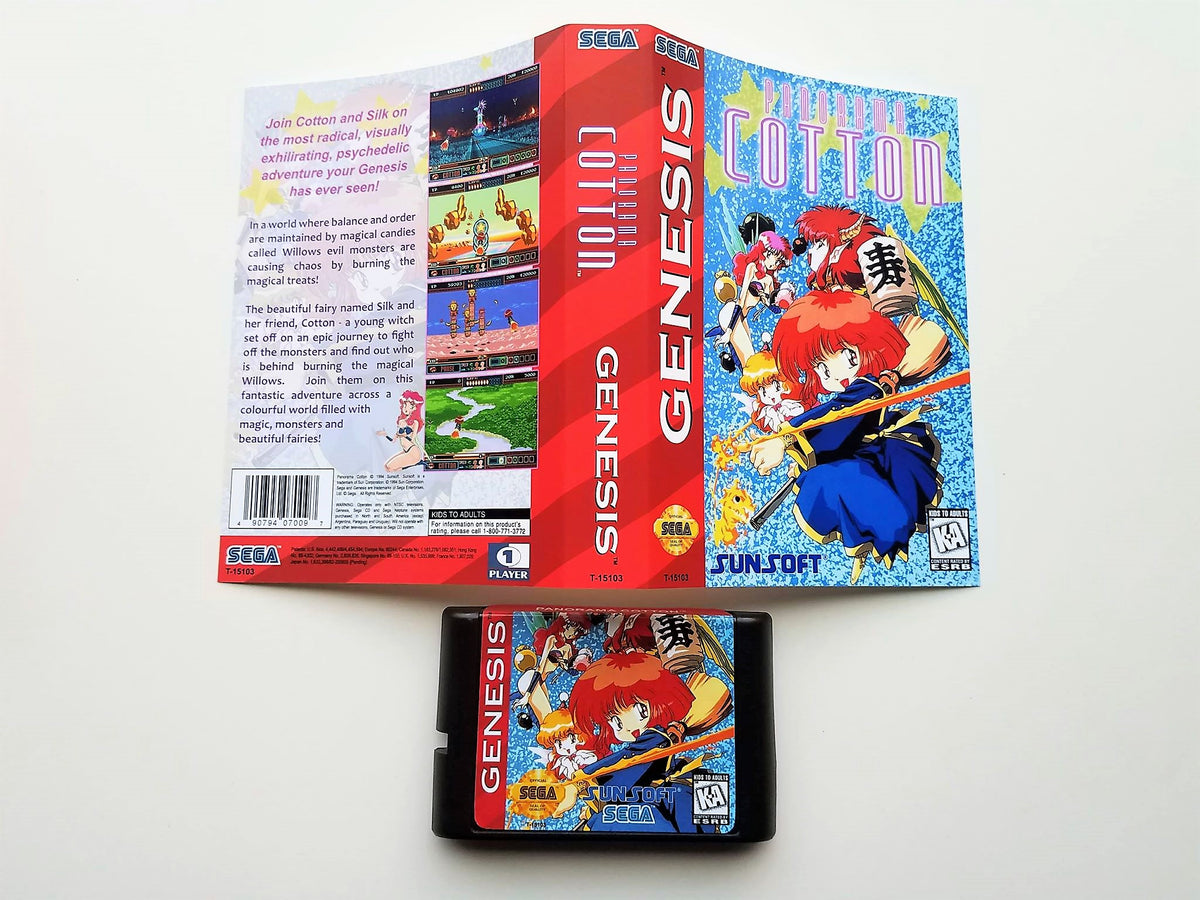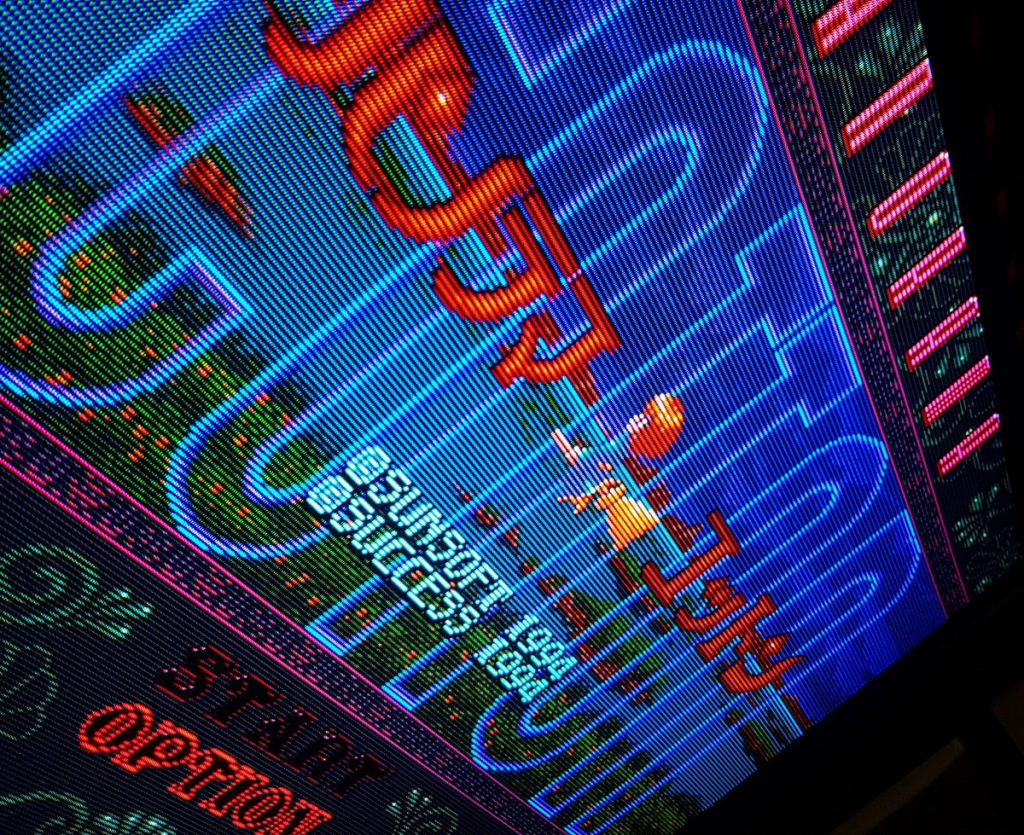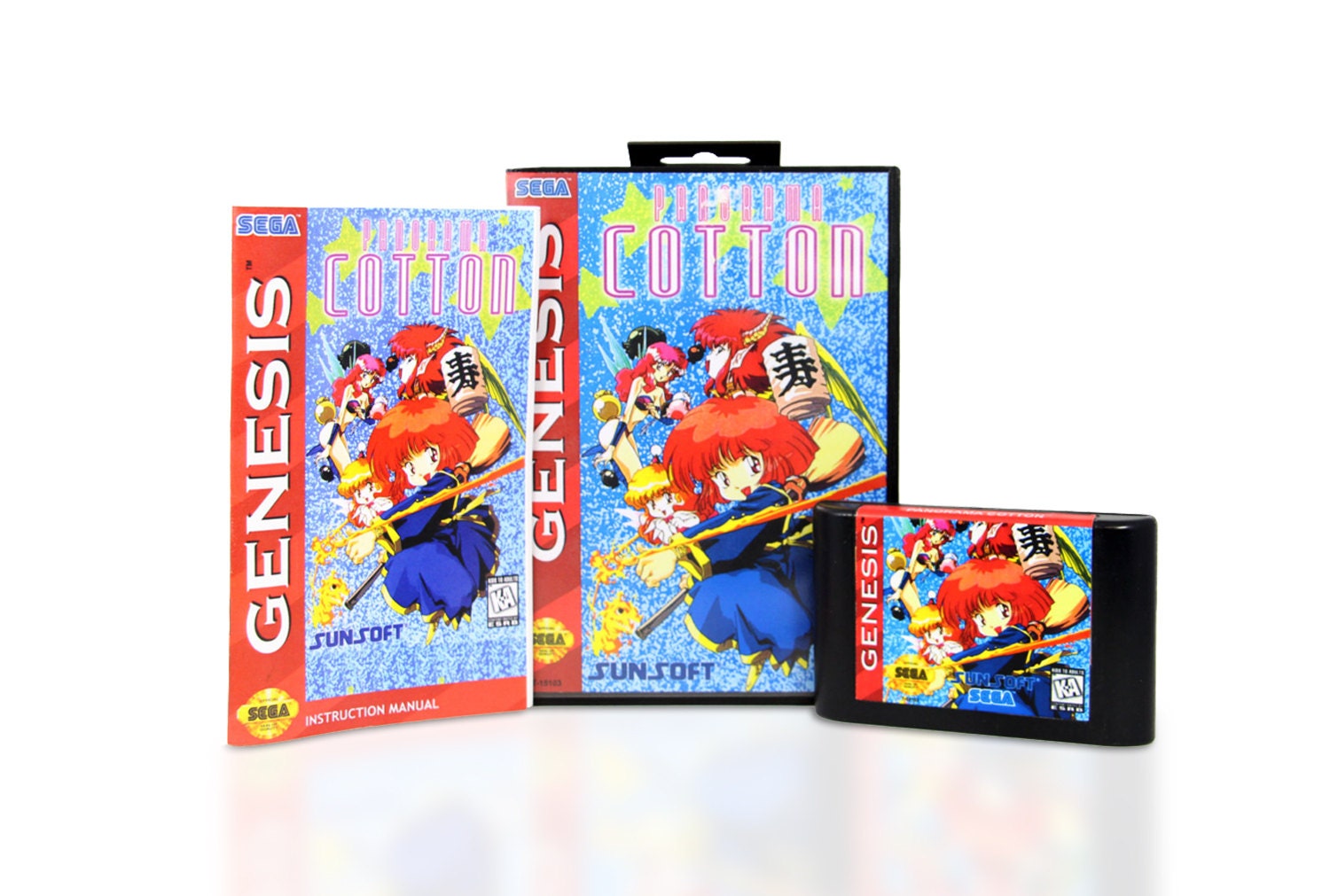

Unfortunately this mode is reserved for only two types of stages those with a boss waiting at the end and bonus rounds. The mechanics are identical in this situation with the same power-ups, shot types, and what have you, but the added movement is a nice change of pace. These sections are a lot of fun, but the real highlight is when your bike is converted into a space craft. Normally these are placed so that you can reach high power-ups, but other times it’s more strategic in that they allow you to bypass otherwise tricky hazards. My favorite aspect of these stages are the jumps you can ride off of. Enemies rarely attack from out of reach elevations here which balances things out. Hazards are a bigger deal here because for the most part they’re grounded but thankfully they’re destructible. The separate modes of play keep things refreshing, and really sets Burning Force apart from the rest. The game scrolls you forward as you shoot at incoming enemies and either avoid or destroy incoming environmental obstacles. Burning Force functions like a standard 3D shooter. There’s no change to your firepower, and the only real difference here is vertical mobility. During the first two you’re riding a futuristic hover bike that’s held by gravity to the ground, but on the third and fourth you’re piloting an aircraft that can move in all directions. Increments of this time span function as levels and each day consists of four different stages. All you need to know is that you’re playing as an anime girl named Hiromi, and you’ve got to pass tests to become an official pilot across six different days. I kid, I kid unless it’s an RPG the plot doesn’t really matter. Smooth scaling does not a good game make, and today I’m going to take a look at this early release.įrom the start Burning Force has a knock against it because there’s no real story. That’s why Namco are apparently wizards, because their shooter Burning Force doesn’t suffer from this issue despite no change in hardware. Today is all about the Genesis however, and titles like Space Harrier II and Outrun still suffered from choppy scaling.

Heck, even 16-bits in most cases wasn’t, but this was partially resolved for the Super Nintendo by mode 7.

There was the occasional hit like 3D World Runner that used software trickery, but by and large 8-bits just weren’t enough. It’s hard for me to imagine that so many gamers put up with this because most of these titles on the NES and Master System are just awful. The home consoles just couldn’t handle the intense sprite scaling and scrolling floor. I realize that by now when it comes to early 3D video games I probably sound like a broken record, but I’ll say it again.


 0 kommentar(er)
0 kommentar(er)
